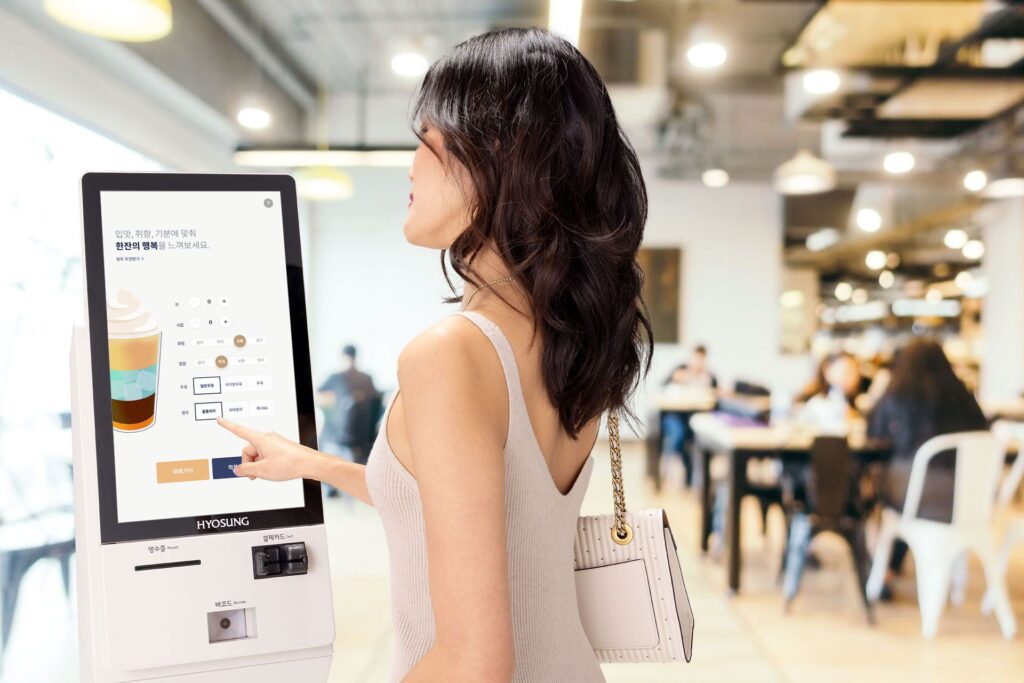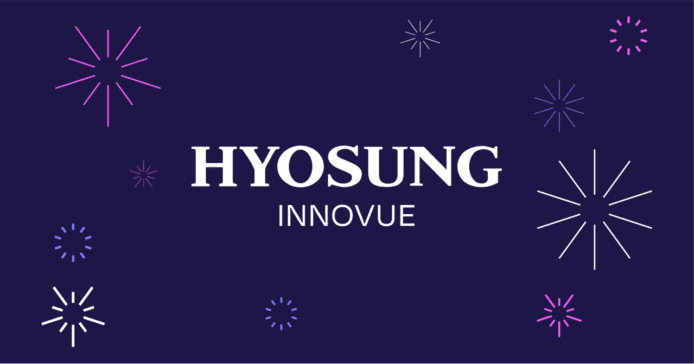

Michael Graham is the Vice President of Retail Solutions & Strategy for Hyosung. In this role, he helps retail customers make decisions about transformation products and unlock the value of those investments. Prior to joining Hyosung, Michael worked at Wells Fargo Bank in both the Retail Banking and Technology business units, developing and implementing many transformative solutions and products.
Whether you’re checking in at the doctor’s office, supersizing your combo meal or checking out at the grocery store, the use of a self-service kiosk has become an innate customer experience for most of us. With the return to physical ‘in-person’ post the pandemic, our new normal of ‘point and click’ shopping has forced businesses to accelerate omni-channel transformation, spanning online and in-store experiences. As a result, self-service kiosks have leaped into the limelight as a leading tool to enhance customer experiences.
It’s clear today that self-service kiosks are now considered an essential part of the customer experience journey.
While the features of self-service kiosks vary by industry, the benefits are fairly common:
• Customer controlled user experiences
• Decreased wait times
• Operational efficiency/Staff optimization
• Multi-service functionality (one system can provide information and take payments, for example)
Augmented by the proliferation of self-checkout kiosks in grocery stores and big box retailers, consumers preferences for self-service kiosk have shifted significantly in a just over a decade.
• 73% of consumers were in favor of self-service checkout options as compared to 46% in 2012.
• 65% of customers said they would visit a restaurant more often if self-service kiosks were offered versus just 42% in 2014
Beyond the fact that there’s simply more kiosks installed, what’s really driving positive sentiment around self-service kiosk use? The answer – it’s all about control. Customers have become accustomed to almost everything they need being at the touch of a finger. That means speed and efficiency are now viewed as non-negotiable expectations. Sure, the friendliness of the cashier, clerk or ticket agent can still have you clicking a smiling face on an exit interview, but in the end – speed, real or perceived, drives customer satisfaction more than any other experience outcome.
85% of retail consumers now see self-checkout options as quicker than traditional, cashier led checkout.
Retailers are reaping the benefits, gravitating quickly to the ability with kiosks to offload non-value added tasks to lower costs channels while their employees focus on higher engagement/value added service. Let’s not forget the obvious staff optimization efficiency levers combined with the aforementioned improved customer experiences.
Maybe more enticing is the significant upticks in the average ‘spend per person’ as well at a kiosk. Fast food chains using self-service kiosks indicate consumers spend an average of 12%-20% more when the order with their eyes and touch than when ordering from a cashier. McDonald’s indicated in their own proprietary research that they have increased average ticket size by 30% since introducing self-ordering kiosks in 2017.
Self-service kiosks are quickly finding their way into new industries. Doctor’s offices and hospitals are now leveraging the efficiencies of kiosks to optimize patient check-in. In fact, for those medical offices offering check-in kiosks, 58% of patients gave top customer service marks. Self-service kiosks are starting to provide access ramps to digital services, including hi- tech services like buying crypto currency. Case in point, the global crypto ATM market size has an expected growth rate of 58.5% from 2021 to 2030.
Furthermore, the integration of gaming technology to a self-service kiosk deals a wide range of benefits for customers visiting casinos, card rooms, and video gaming parlors. Customized components such as bill acceptors, card readers, and ticket printers enabled these kiosks to meet the operational needs of gaming establishments. For example, a ticket redemption kiosk with cash out slot machines could ticket to the penny, eliminating a trip to the cage.
The future of self-service kiosk looks bright, with the global market forecast for self-service kiosk is projected 6% from 2021-2022, with 41% of that growth expected to originate in the US.
Understandably, as businesses evaluate the move to self-service kiosks, they should consider the extensibility of the solution to adapt to customer changing demands. Launching summer of ’22, Hyosung will be introducing the MetaKiosk, a purpose built self-service kiosk initially targeting Cryptocurrency and Gaming industries. However, staying true to Hyosung’s legacy of modularity, the MetaKiosk has an inherent flexible design allowing for easy integration and low cost upgrades to support multiple self-service solutions.
For example, the Metakiosk will support Bitcoin purchases in a Convenience store today, but with simple enrollment to Hyosung Cloud Services (fall of 2022), the kiosks easily pivots to support a utility payment, a money transfer to Mexico or top-up to a prepaid phone plan. Emerging industries such as Cannabis would harvest the benefits of automated check-in and could facilitate curb-side orders and fulfillment. Gas stations could redirect cash paying consumers to self-service versus standing in line to put ‘$20 on pump #5’.
